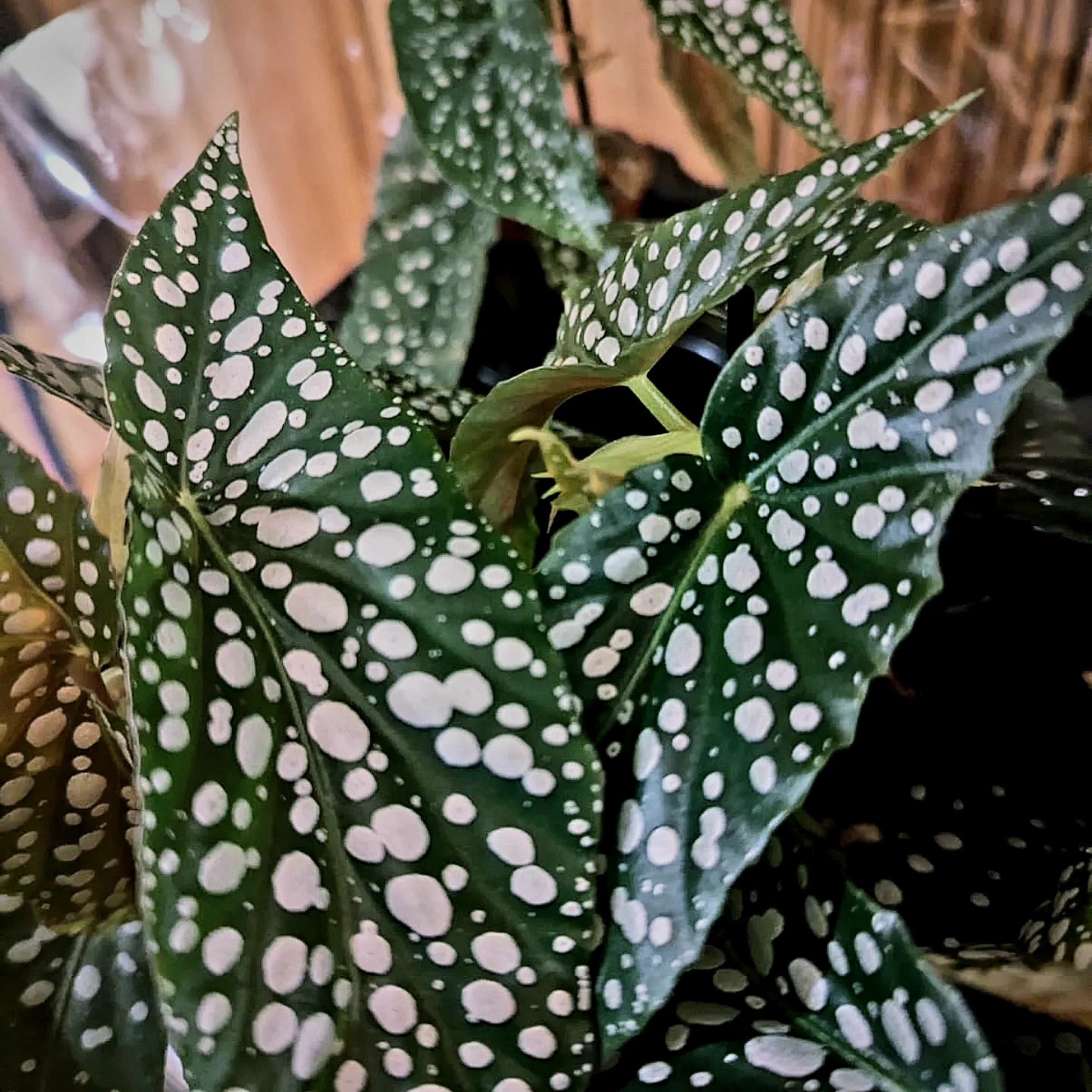Plants need sunlight to photosynthesise, and cannot survive without it. The amount of light needed, however, varies from plant to plant, and the best way to work out whether to place your plant in that bright south-facing window or towards the back of the room is to consider its natural habitat. A plant adapted to the undergrowth of a tropical rainforest, such as Calathea and Aglaonema, will prefer to be kept out of direct sunlight, for example, while desert-dwelling cacti and succulents need as much direct sun as possible.
The direction of your windows can be a good hint as to what type of light you’ll receive, and should help you to figure out where to place your plants. Here’s a handy breakdown:
South-facing windows are the brightest, and receive intense direct sunlight from the afternoon through into the evening. Position cacti, succulents, string of hearts and pearls, Strelitzia, Yucca, Hoya, Ficus, and most bonsai in south-facing windows.
West-facing windows are bright, though not quite as bright as south-facing. They receive direct sunlight in the evening as the sun sets, and are the perfect spot for Begonia, Pilea, Peperomia, most palm species, tropical cacti, asparagus ferns, Alocasia and Anthurium.
East-facing windows receive sunlight in the morning as you might expect, and are less bright than west- or south-facing positions. There are still a couple of hours of less-intense direct sun, however, making them perfect for Chamaedorea palms, Cissus, Ficus elastica, Monstera, spider plants and Tradescantia.
North-facing windows receive the least light, often getting no direct sun at all. Shade-loving plants such as Calathea, ZZ plants, Sansevieria, Aglaonema, Aspidistra, most ferns, golden pothos, Philodendron and Spathiphyllum.





